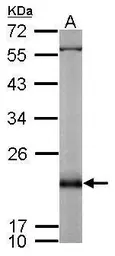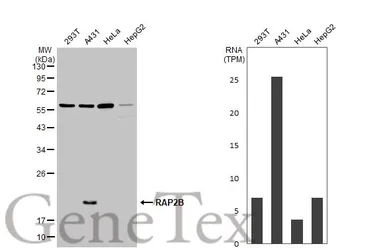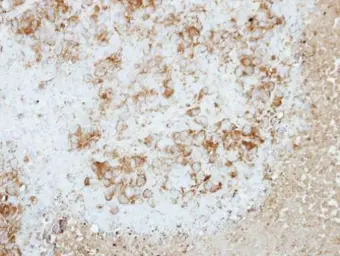RAP2B antibody
Cat. No. GTX114702
Cat. No. GTX114702
-
HostRabbit
-
ClonalityPolyclonal
-
IsotypeIgG
-
ApplicationsWB IHC-P
-
ReactivityHuman, Mouse



